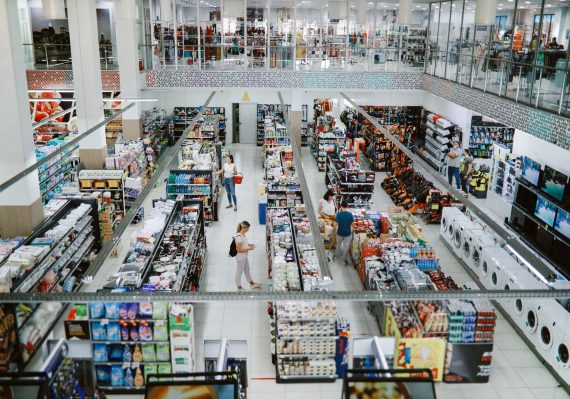Joint business planning: stronger partnership through analytics & automation

= Summary: Ed Betts explores the difficulty and inequality of legacy joint business planning, and reveals the ways in which retailers can revolutionise the practice
Retailers and suppliers plan in very different ways, because they run very different businesses. Suppliers typically look for certainty and efficiency, given the pressures of production runs and supply chain logistics. Retailers need certainty, too, but must also be able to respond to market dynamics quickly. They need good margins, tight stock control, and solid profit.
Both sides agreeing to a joint business plan (JBP) can help put these goals into focus, but the moving parts of a JBP, the people, products, and promotions they are built around, can make the process stressful, prone to errors, and often lopsided. That’s the opposite of what a JBP should achieve. If there is no partnership, there is no point to making a JBP at all.
Emphasising the ‘joint’ aspect of a joint business plan is crucial. If both parties know each other well, they can adapt their offering to match the capacity and needs of the other. A well-managed JBP – or multiple, in some cases – marks the path to successful partnerships and incremental volume growth.
The rocky road to establishing a JBP
JBPs are traditionally difficult because they’re resource heavy. They must be carefully managed and controlled if a dividend is to be achieved for both sides, and offer clear and consistent terms from the outset. Suppliers really just want to work with retailers that are easy to do business with, and a complex or unclear JBP could have the opposite effect.
A good plan needs to look ahead, tying supplier efforts to retailer activities sometimes twelve months in advance. Intricate financial terms must be agreed. Compliance must be considered. All while a JBP must remain fluid enough to weather personnel changes and the renegotiation which may accompany new staff with new ideas.
This changeable and fragile structure means retailers must align with suppliers and between their own internal departments. If just one key element of a JBP misfires, or the plan is inflexible enough to meet the demands of market dynamics, it could crumble.
The new shape of JBP management
Establishing JBPs demands sharp planning, clear communication, and united data. Although retailers could certainly attempt to follow the processes they have established over the past decades, these legacy systems are far from ideal. They are slow, brittle, and difficult.
The rise of technology, though, offers retailers a better route forward. Consolidating data and employing the power of predictive AI unlocks a set of tools which can help smooth the sharpest corners of JBP management, create consistency and clarity, and unite suppliers and retailers in confidence around the way plans are being managed.
Past, present and future
Merging inter-department data creates a single source of truth which, in turn, enables complex, guardrailed automations which streamline and speed up common tasks. Reacting to JBP changes is as critical to their execution as establishing a clear baseline at their outset. With all parties working with the same data, this becomes far easier.
In turn, the introduction of AI can provide a view of the future, working with external market data to make predictions. These might suggest new trends or products, for example, or reveal new efficiencies. AI-based forecasting can also ensure suppliers are fully aware of what a retailer will require, and reduce waste by preventing overstocking.
Working together to improve
The combination of big data and AI improves JBP outcomes for everyone. An internally united retailer is far less likely to miss a media opportunity or fall foul of price establishment regulations. Offering its suppliers a clear, accurate, and up-to-date picture of plans and expectations makes a retailer far easier to work with, and may inspire stronger relationships leading to better deals.
None of this changes the desires of suppliers or retailers, but it does satisfy them without detracting from robust negotiations. Suppliers get that clear picture and solid plan they need. Retailers find the maximum efficiency allowing them to generate the most profit. And both do so with less effort, leaving them open to innovate. AI is a game changer – and it enables the advanced analytics, automations, agility, and insight-driven strategic decision making that will drive retail forward for the next decade and beyond.
Unlock real-time supplier interaction and collaborative promotion planning: https://www.retailexpress.com/solutions/supplier-collaboration/








